My one liner: These are extremely short stories, maximum 3 pages long, and hence very easy to read on the go. Hilarious, thought-provoking, moving, sad, and certainly not overtly religious. An experiment that went right.
This is a book which makes us hold up a mirror at our own behaviour, our own existence, and our own values. The method is ingenious. By creating the trope
of the hypothetical afterlife, David Eagleman allows an observation of humanity from outside the confines of the world we live in. The tales, including some fables reminiscent of childhood readings of Aesop, are brief and colourful, some are morality stories, some motivational self-help guides, others just set off emotions of sadness or happiness.
Take for example our natural desire for familiarity. To be amongst people we know and care about, the communities we inhabit, the friends and colleagues we trust. In “Circle of Friends” you only gradually realise you are in an afterlife
after a certain period of time. Because initially everything looks like the world you lived in. You say goodbye to the wife and kids in the morning, leave for the office, where you spend the day working with your usual colleagues. But it does eventually dawn on you that you are in the afterlife. Why ? Because you come to realise that this world is populated only by people whom you’ve met before (whether friends, relations, colleagues, or fleeting acquaintances). Although initially you like the attention you get from those around you, everybody is friendly, and you get to renew old acquaintances, you soon get depressed.
Depressed because you come to notice an absence of crowds of unknown people, of new things to learn or explore.
“You begin to complain about all the people you could be meeting. But no one listens or sympathises with you, because this is precisely what you chose when you were alive.”
Or why do we seek recognition, fame, our name in lights, the need to be the best-known fish in our particular pond ? Might there be a downside ? Well yes, a big one in the afterlife posited by “Metamorphosis”. You see, there are three deaths. And you have to wait in the waiting-room until the third death. Death One is when the body ceases to function. Death Two is when the body is consigned to the grave. The third death is some point in the future which is the last time on earth that your name is spoken. Until then you stay in the waiting room, which basically resembles an airport departure lounge.
“The gray-haired man at the vending machine was lionized as a war hero, then demonized as a warlord, and finally canonized as a necessary firebrand between two moments in history. He waits with aching heart for his statue to fall.”
In “Incentive” the incentive to constantly self improve and fulfil your potential during your life is clear. Because you will have to spend your entire afterlife in the company of many many alternative versions of “You”. But only the ones who in alternative parallel lives achieved greater success, for example because they reflect good decisions you should have made rather than bad decisions you actually made. Or because of an instance where you didn’t fully motivate yourself to achieve a task, but did do so in a parallel life. You will constantly be reminded of what might have been, so be motivated now, and you will have fewer “Yous” above you in the afterlife hierarchy.
That’s three stories given away, but there are 37 more. Eagleman is undoubtedly multi-talented; his professional speciality is neuroscience. And to cap it all I note from his Wikipedia entry that Italy's Style magazine named Eagleman one of the "Brainiest, Brightest Idea Guys for 2012" and featured him on the cover. Yeah, one of them.
Here is the Wikipedia link to the book.


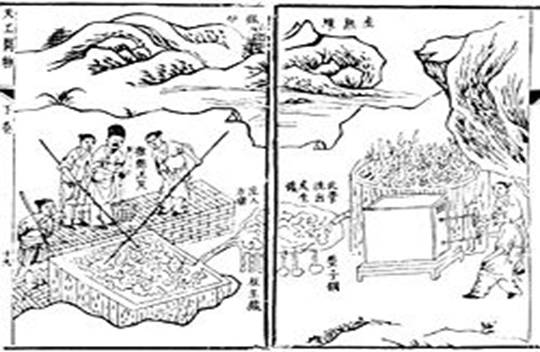
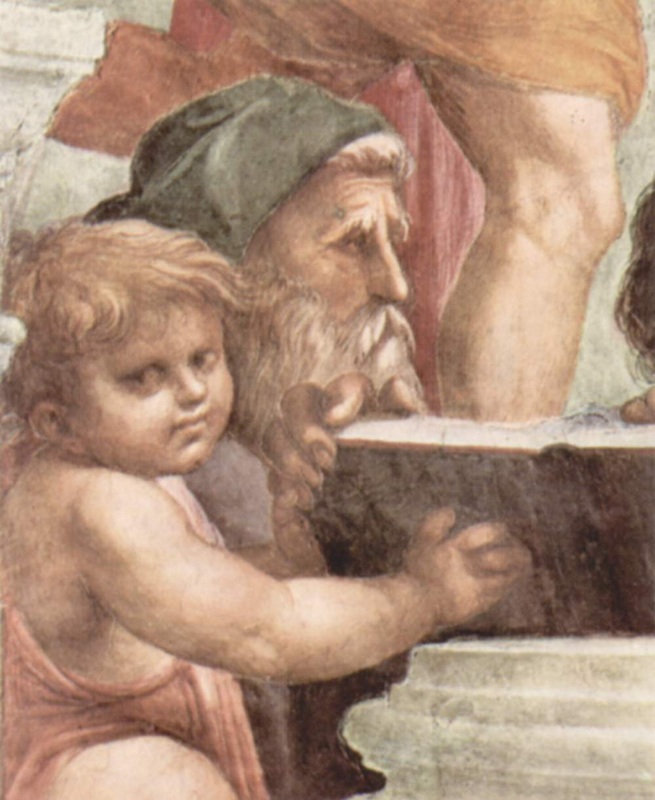

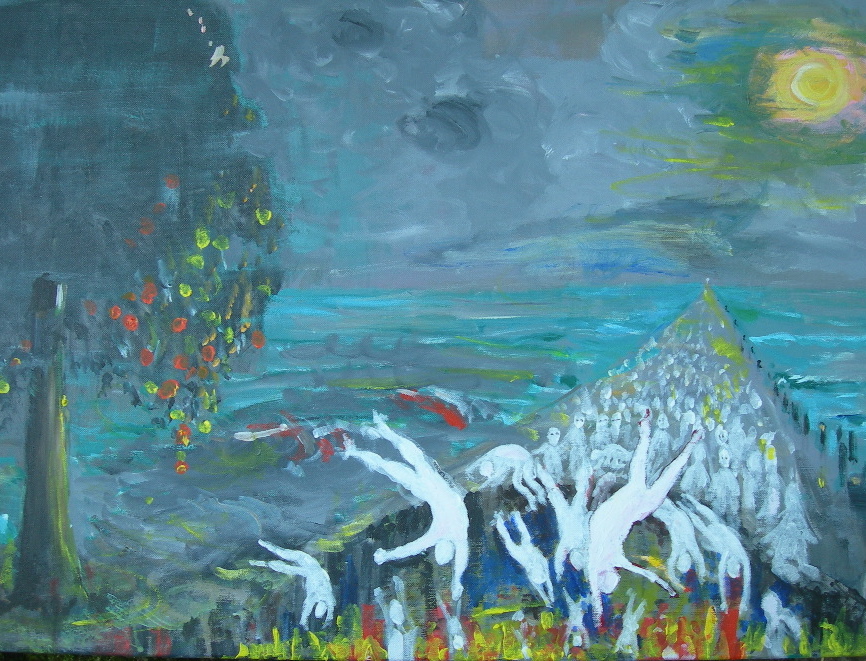
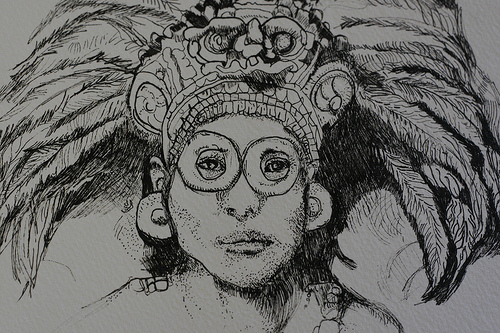


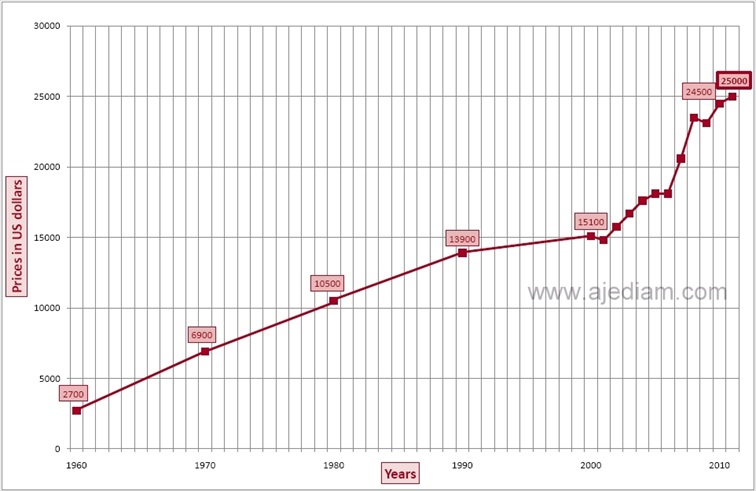

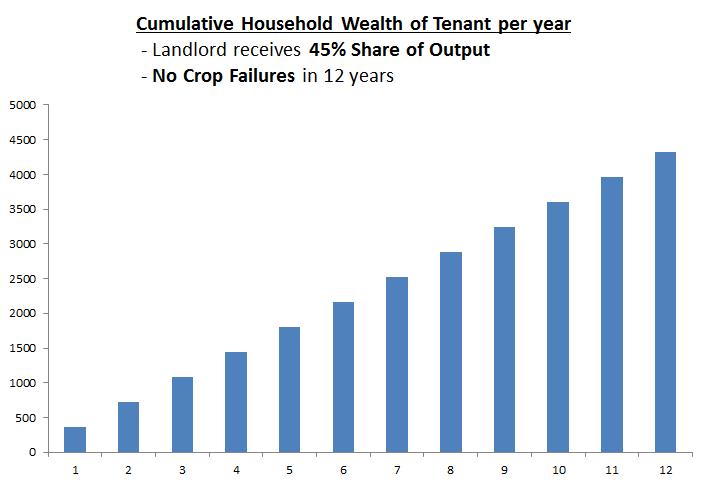
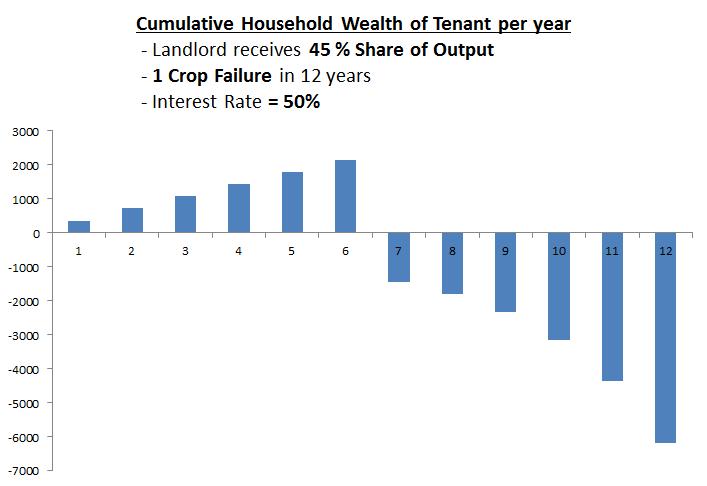

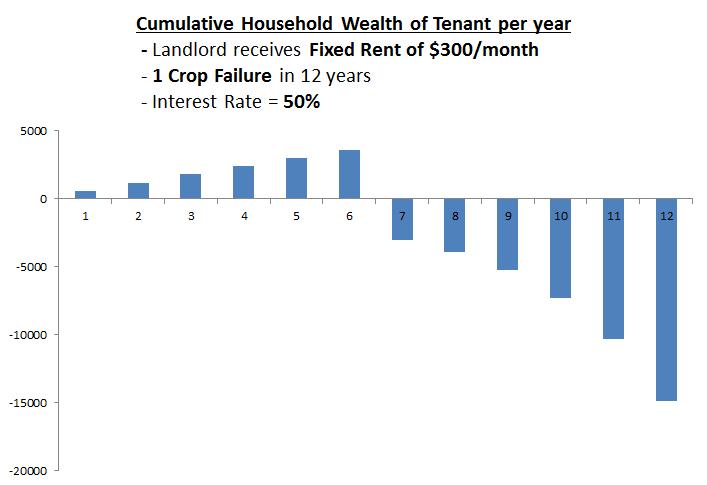
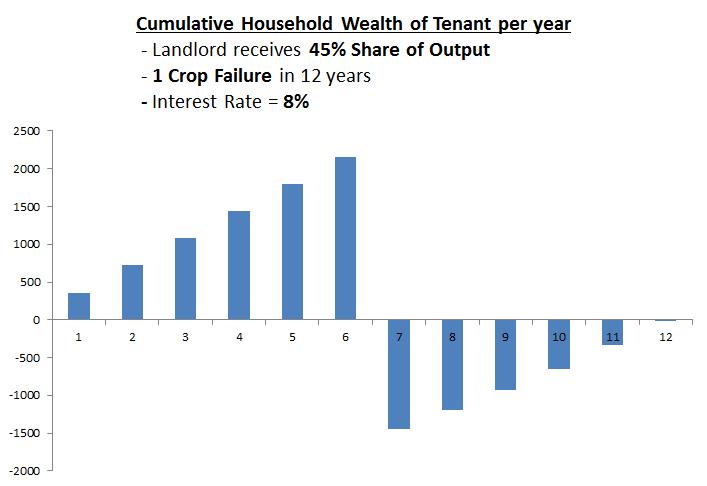
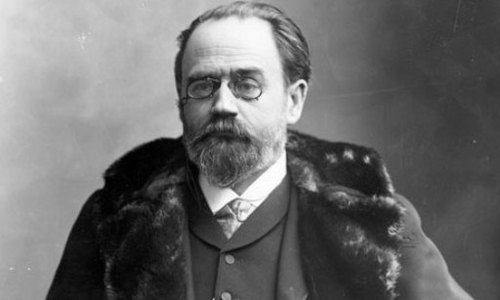


 RSS Feed
RSS Feed
